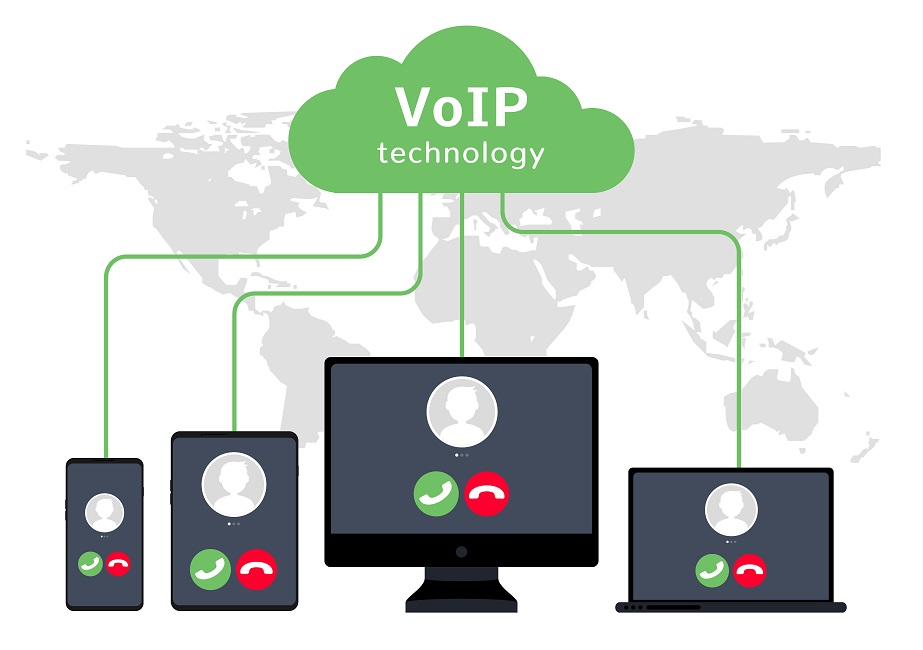Want to succeed?
Become an expert in emotions, and add them to your small business.
Back in 2013, Brian Solis’ book [What’s the Future] of Business came out that made most brands rethink their business models and consider the power of user experience for business success. Today, most marketing professionals see emotions as a driving force of a business world. Emotional intelligence becomes a top skill for entrepreneurs to master and cultivate from their employees because it predicts people’s performance and, therefore, a commercial efficiency of any enterprise.
An entrepreneur, you should think by insights triggering emotions from consumers because that’s what influences their purchase decisions.
What’s an insight?
It’s the moment when you recognize yourself or one of your friends/parents/relatives in commercials, and you want to thank the brand for reminding you this moment by buying its product. And that’s what makes emotions the heart of the purchase process: consumers wish for emotional experience behind your product or service, so give it to them.
For that, charge your brand with emotions and then use your rationality for turning them into business profits. How?
Slow down
Often, business owners think of lofty matters such as a mission, big ideas, and values behind their brands. These concepts are critical for market positioning, but if you want people to recognize and consider your business – you should pay attention to small details, as well.
Slow down, take your time, and have a closer look at the journey a client takes while communicating with your brand. In aforementioned [What’s the Future] of Business Brian Solis transformed the classic marketing funnel into the dynamic customer decision journey or four moments of truth for business owners to find slots where customer touchpoints might be more emotional:
1. The Zero Moment (Formulation) – It’s when people form impressions about your brand from what they’ve read in Google search. What to do: monitor your brand reputation in all search engines, including YouTube and social media, and manage it to eliminate plagiarism and trigger positive emotions from users.
2. The First Moment (Pre-Commerce) – It’s what people think when they first see your product, even before they read about it. As far as you know, people are 90 per cent visual beings, so you should consider the marketing psychology while working on the visual identification of your brand. That includes your logo and off-the-shelf attributes such as fonts, colors, compositions, and illustrations: they all emotionalize your small business, too.
3. The Second Moment (Commerce) – It’s when people start using your product/service and experience it across all their senses. To trigger positive emotions at this stage, consider the psychology of engagement: create and curate content that communicates particular messages, hits consumers’ insights, and affects desirable behavior in a given context.
4. The Ultimate Moment (Post-Commerce) – It’s when people share their experience of communication with your brand to potential customers. That’s about user-generated content in such emotional landscape as social media, and it can also help you design mind-captivating experience: generate reviews, wish lists, social sharing, recommendations from opinion leaders, and ads appealing to four concepts – love, greed, fear, and duty of honor.
Give them a new experience
Consumers are looking for a new experience in today world of information noise and content shock. So give it: make people remember your small business by unique selling proposition, one-of-a-kind attitude to clients, or reminding them of themselves. In other words, give something that no one did before.
Aforementioned emotional intelligence will help to manage a situation: aware of own emotions, an entrepreneur can analyze others and understand what strings to pull for exclusivity and better engagement.
Use empathy
Decisions all people make are emotional rather than rational. That’s why brands need a powerful narrative to create targeted emotions and convert them into targeted actions. Consider storytelling techniques to convey a message that would last long, make consumers feel empathy, and awaken a desire to experience this story together with your business.
Empathy unites: when a business creates and manages emotions, they communicate a particular message so people could build clear associations with the brand. As a business owner, do your best to make them favorable.
Let a chaos in
May events take place. Brainstorm, take business decisions that seemed awkward before and don’t try to control every step your creativity department takes to make a company stand out. You will be surprised how interesting and exciting business processes can be. But don’t allow a chaos to regain positions from goals and plans: remember about a big idea behind your brand and a message it conveys.
Add some magic and become unpredictable. Make small and pleasant surprises for customers, exceed their expectations – and they will want to tell friends about it. Turn business communication into an exciting adventure and do not let your clients get bored. Introduce your team members to them and drag customers into the whirlpool of your ideas and plans.
Enhance emotions
Once you decide on emotions to evoke from people, do your best to enhance them so customers could have a stronger sense of what you want from them. Compelling content will help here: describe consumer experience, visualize and verbalize emotions behind your product, and neutralize the feelings with what you don’t want people to associate your brand.
Exaggerate positive emotions of your clients as much as you can. If you have contests with prizes – present them in public, and don’t forget to write about this event on your business blog. Also, do your best to share content that would allow consumers to forget about a negative experience with your brand, if there was any.
Love
You live in the world where brands are people and people are brands. Why do users trust influencers and opinion leaders more than business blogs and advertisements? The secret lies in their humanity. Your consumers love people more than haughty companies considering themselves too cool for school.
So, love your clients and make your small business humane. Present yourself by name, introduce consumers to your team, try to become their friend, and solve their problems with your product/service. And they will love you back. Isn’t it the most powerful emotion most brands want to trigger?
To sum up:
Yes, business is about products and markets; it’s about numbers and, therefore, analytical approach; and some marketers may still consider consumers logical and rational beings who buy from the perspective of 4 P’s: product, price, place, and promotion. And even if small business owners understand they need to focus on 4 E’s, – which are emotions, experience exclusivity, and engagement – it’s still hard for them to define and measure those factors.
However, today globalization and mass commoditization force new-generation leaders to think of alternative ways of differentiating themselves and their business. It’s when emotional intelligence becomes the heart of business processes, and emotions themselves generate motivation and improve revenues.
So go ahead:
Pay attention to your emotions. Let them in, let people in, and charge your small business with customers feelings and experience. It’s critical to effective leadership and successful business management.





